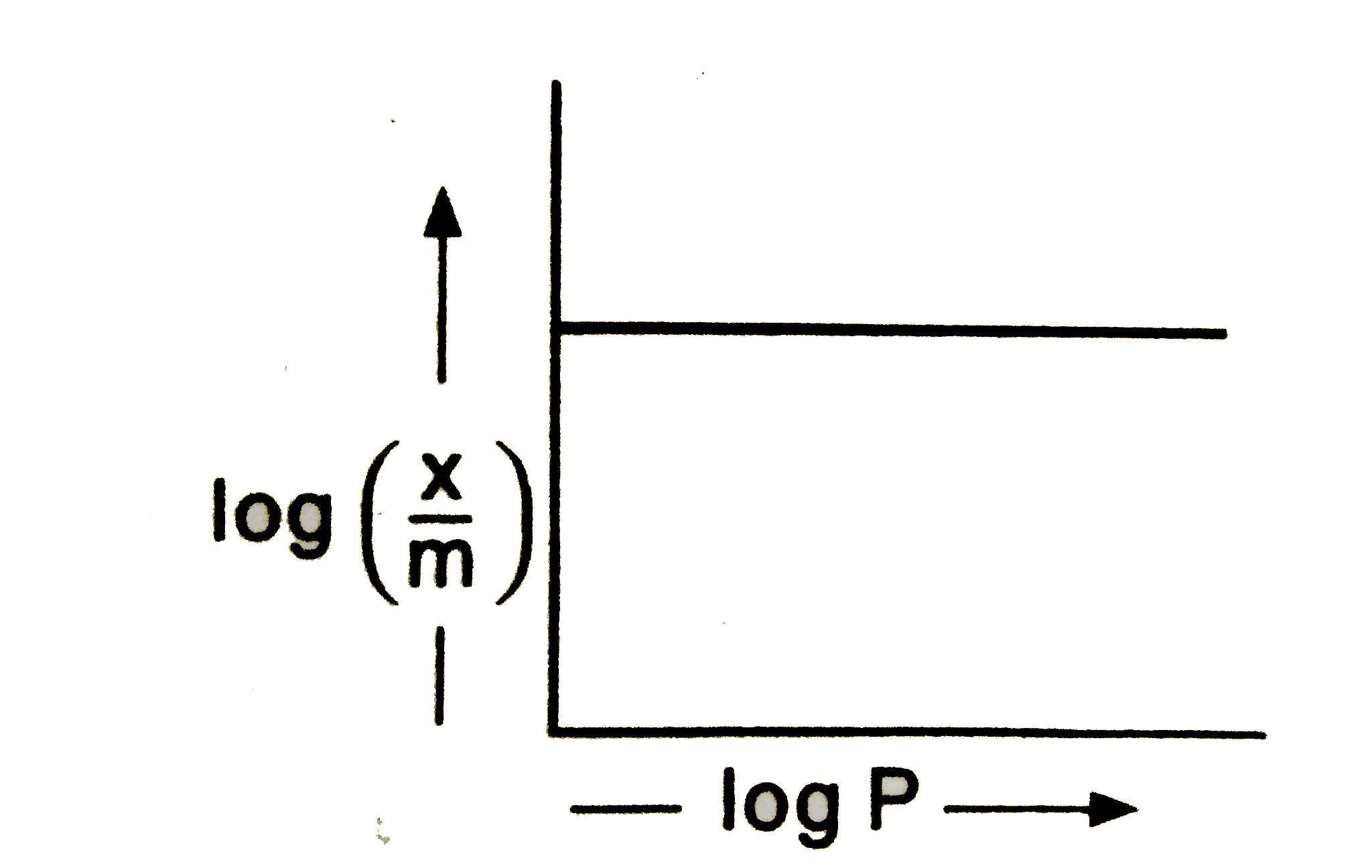p∧q is true when :
p and q are both true
p and q are both false
p is true and q is false
p is false and q is true
The correct Answer is:a
To determine when the expression p∧q (which represents the logical "AND" operation) is true, we need to analyze the truth values of the propositions p and q.
1. Understanding the Logical AND Operation:
The logical AND operation, denoted as p∧q, is true only when both p and q are true.
2. Creating a Truth Table:
We will create a truth table to evaluate all possible combinations of truth values for p and q.
| p | q | p∧q |
|---------|---------|-------------------|
| True | True | True |
| True | False | False |
| False | True | False |
| False | False | False |
3. Evaluating Each Case:
- When both p and q are True:
- p∧q is True.
- When p is True and q is False:
- p∧q is False.
- When p is False and q is True:
- p∧q is False.
- When both p and q are False:
- p∧q is False.
4. Conclusion:
From the truth table, we can conclude that p∧q is true only when both p and q are true.
Final Answer:
p∧q is true when both p and q are true.
---
The logical AND operation, denoted as p∧q, is true only when both p and q are true.
We will create a truth table to evaluate all possible combinations of truth values for p and q.
|---------|---------|-------------------|
| True | True | True |
| True | False | False |
| False | True | False |
| False | False | False |
- When both p and q are True:
- p∧q is True.
- When p is True and q is False:
- p∧q is False.
- When p is False and q is True:
- p∧q is False.
- When both p and q are False:
- p∧q is False.
From the truth table, we can conclude that p∧q is true only when both p and q are true.
p∧q is true when both p and q are true.
Topper's Solved these Questions
- BOOK - MODERN PUBLICATIONCHAPTER - MATHEMATICAL REASONING EXERCISE - OBJECTIVE TYPE QUESTIONS( (B ) FILL IN THE BLANKS )5videos
MATHEMATICAL REASONING
- BOOK - MODERN PUBLICATIONCHAPTER - MATHEMATICAL REASONING EXERCISE - OBJECTIVE TYPE QUESTIONS ( (C ) TRUE /FALSE QUESTIONS)6videos
MATHEMATICAL REASONING
- BOOK - MODERN PUBLICATIONCHAPTER - MATHEMATICAL REASONING EXERCISE - EXERCISE 14(H) (LARGE ANSWER TYPE QUESTIONS-I )5videos
MATHEMATICAL REASONING
- BOOK - MODERN PUBLICATIONCHAPTER - MATHEMATICAL INDUCTIONEXERCISE - CHAPTER TEST 412videos
MATHEMATICAL INDUCTION
- BOOK - MODERN PUBLICATIONCHAPTER - MOCK TESTEXERCISE - SECTION - D5videos
MOCK TEST
Similar Questions
Knowledge Check
- Question 1 - Select One
STATEMENT-1 : p⇔~q is true, when pis false and q is true.
and
STATEMENT-2 : p⇒~q is true, when pis true and q is false, and -q ⇒ p is true, when q is false and p is true.AStatement-1 is True, Statement-2 is True, Statement-2 is a correct explanation for Statement-1BStatement-1 is True, Statement-2 is True, Statement-2 is NOT a correct explanation for Statement-1CStatement-1 is True, Statement-2 is FalseDStatement-1 is False, Statement-2 is True - Question 2 - Select One
A compound statement p and q is true only when
Ap is trueBq is trueCboth p and q are trueDnone of p and q is true - Question 3 - Select One
Suppose p and q are two statements and - p ^ q is true, then truth values of p and q are respectively
AT, TBT, FCF, TDF, F
Write 'T' for True and 'F' for False.
If p is false and q is true, then: ⌉(p∧q) is true.View SolutionIf pandq are two statement then (p<→~q) is true when : (a) pandq both are true (b) pandq both are false (c) p is false and q ia true (d) Non of these
View SolutionFollowing graphs will be true when :
 View Solution
View Solutionfor any three propositions p,q and r, the proposition
(p∧q)∧(q∧r) is true whenView SolutionThe compound statement with. "And" is true when
View Solution

